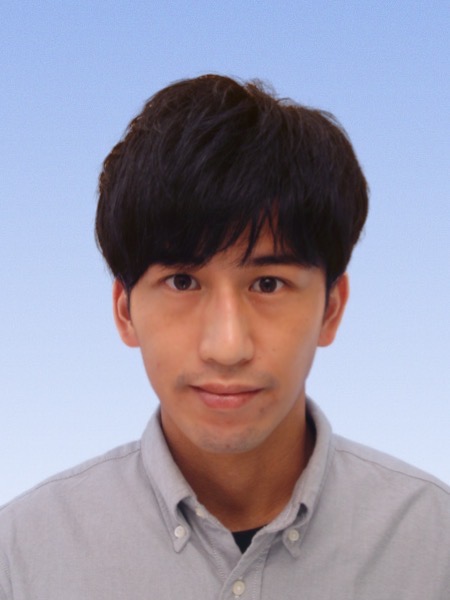Seminars
Shun Okumura (University of Tokyo): Three-dimensional topological magnetic textures associated with Dirac strings
Hybrid, VBL 204 & Zoom

Scientific Bio: Shun’s website
In the past decade, magnetic structures protected by topology have been actively investigated in condensed matter physics both theoretically and experimentally. The main research subjects were a one-dimensional chiral soliton and a two-dimensional magnetic skyrmion, which are swirling solitonic textures. In recent years, through the development of stereoscopic real-space imaging techniques, three-dimensional (3D) topological magnetic structures have attracted attention, exemplified by magnetic skyrmion strings, hedgehogs, and hopfions characterized by Dirac strings. While abundant theoretical studies have been conducted on two-dimensional skyrmions, there have been surprisingly few theoretical proposals on the stability and response of these 3D topological magnetic structures. In this seminar, we report on our recent research about the stabilization mechanism, response phenomena, and dynamics of the 3D topological magnetic textures dominated by skyrmion strings, i.e., Dirac strings. Firstly, we show the longitudinal current-induced instability of skyrmion strings, which originates from an emission of the Goldstone mode leading to a dynamical topological transition [1]. Next, we focus on magnetic hedgehog lattices, which are spin crystals of 3D topological defects named magnetic hedgehogs and antihedgehogs. We find that the magnetic hedgehog lattices are stabilized by the long-range RKKY-type interactions originating from the instability of the Fermi surface [2]. We also investigate the current-induced Hall motion of the monopoles, whose Hall angle is widely controlled by an external magnetic field [3]. Also, we show a possible 3D superstructure of magnetic hopfions, which are twisted loops of skyrmion strings characterized by the Hopf number [4]. Finally, we introduce a new concept of “spin moiré engineering” to comprehensively understand topological magnetic structures over the magnetic skyrmion and hedgehog lattices [5].
[1] S. Okumura, V.-P. Kravchuk, and M. Garst, Phys. Rev. Lett. 131, 066702 (2023).
[2] S. Okumura, S. Hayami, Y. Kato, and Y. Motome, Phys. Rev. B 101, 144416 (2020); ibid, J. Phys. Soc. Jpn. 91, 093702 (2022); ibid, in preparation.
[3] K. Shimizu, S. Okumura, Y. Kato, and Y. Motome, arXiv:2407.02983.
[4] S. Kasai, K. Shimizu, S. Okumura, Y. Kato, and Y. Motome, to be submitted.
[5] K. Shimizu, S. Okumura, Y. Kato, and Y. Motome, Phys. Rev. B 103, 054427 (2021); ibid, Phys. Rev. B 103, 184421 (2021); ibid, Phys. Rev. B 105, 224405 (2022).


